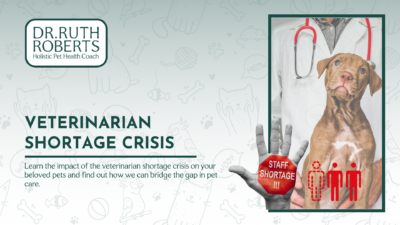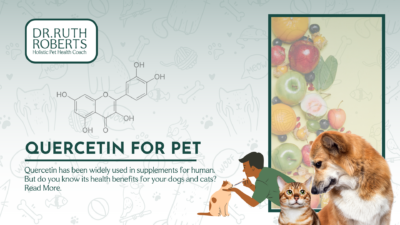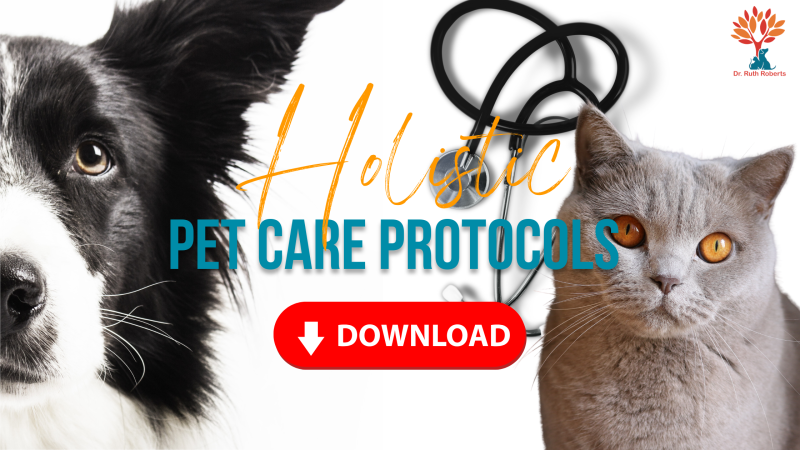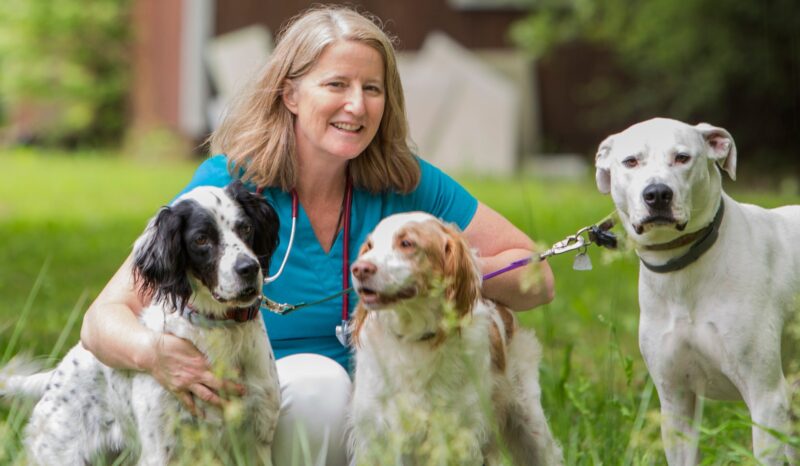For pets with long or thick fur, this season can mean miserable hours spent sweating beneath a heavy blanket of hair.
With summer temperatures reaching a pitch, you may be wondering if you should shave your dog.
If you’re a regular visitor to my blog, you’ve seen the recent posts on protecting your pet in the summer heat. Taking to the clippers offers another way you can give your pet some relief.
However, some of you aren’t sure if cutting your Yorkie’s silky tresses will remove her natural protection. Not to worry. Keep reading to discover my top three reasons why shaving your dog will benefit his/her health this summer (and make your life a little easier!).
#1 Shaving Your Dog Makes Spotting Ticks Easier.
When your dog goes for a romp in the woods, he may come home with some unwanted hitchhikers—namely ticks.
What’s worse, some ticks use a natural chemical to help them hide on your pet in places where they’re less likely to be disturbed. It’s a pretty sneaky trick—and one that can cause our furry friends serious discomfort.
When you shave your dog, it’s easier for you to conduct a thorough pest investigation.
Instead of combing through the masses of fur, you’ll be able to easily scan your pet’s scalp for any signs of ticks.
When he doesn’t have to sit for a 15-minute hair-pulling, tick-searching session, Fido will thank you for it.
#2 Shaving Your Dog Makes Brushing Easier.
Shaving your dog also reduces the time and effort involved in grooming.
This is especially true if your pup has hair that is easily tangled (not to name names, but I’m referring to the Lhasa Apso and Old English Sheepdog out there).
You’ll no longer have to carefully pick out the knots.
Another benefit of shaving is that it helps you manage your dog’s impatience if your pup is young. It can be hard to keep your energetic pooch still while you comb.
Shaving should spread happiness all the way around.
#3 Shaving Your Dog Makes Bathing Easier.
The American Society for Prevention of Cruelty to Animals recommends giving your dog a bath at least quarterly, with more baths needed if your pet is active outdoors.
However, the consideration of the dripping mess that will occur when you do give your dog a bath may tempt you to put it off.
Shaving your dog helps you ease the grooming process. Your floors will be less slippery, and your dog will also benefit from a quicker drying time.
With a shaved coat, Fido will be less likely to spend time shivering with wet fur.

If you do decide to shave your dog, here are some tips for how to go about it:
- Use a good pair of clippers. If you don’t have a set of clippers, you can easily browse a shopping hub online for a pair that suits you. Here’s Amazon’s list of best-selling clippers for your dog.
- Shave your dog outside. Giving your dog an outdoor haircut will prevent making a mess in your home. Your local birds will also enjoy having some building material for their nests!
- Set your blade to the right length. Even though your goal is to shave off your dog’s hair, it’s important that you don’t cut the coat too short. You want to leave enough fur to protect your dog from getting sunburned.
- Brush your dog afterward. When you’re done with the haircut, brush your dog down to get rid of any loose hairs left from the clippers. Besides, your dog will enjoy the grooming!
It’s great when a simple haircut can alleviate some of your pet’s problems.















